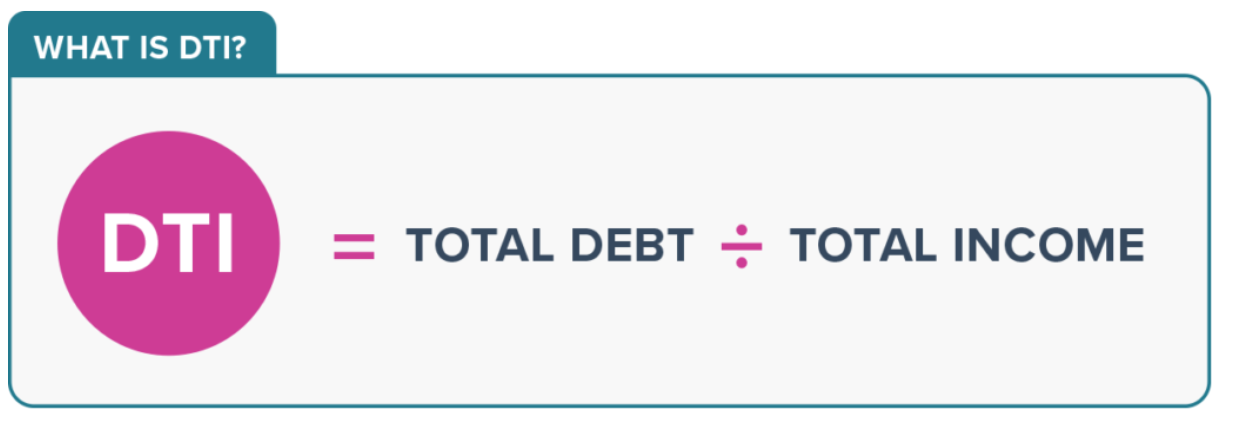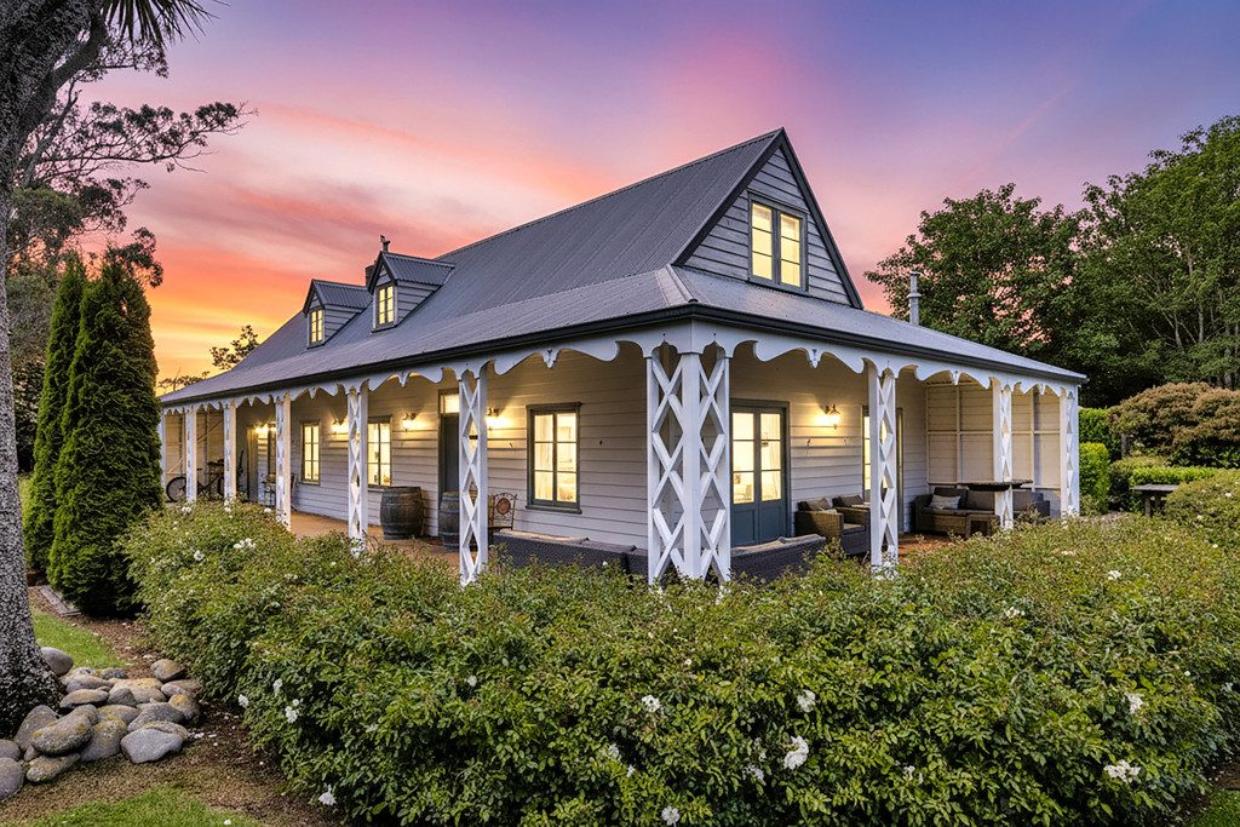Discover
Understanding the meaning of mortgage acronyms and terminology
Here’s a quick explanation of what the main mortgage terms mean to help you start talking like a pro.

When you’re thinking about getting a mortgage, you’ll probably run into a whole new world of three-letter names for things. If someone’s using these acronyms without first explaining what they mean, be sure to ask. There are no silly questions when it comes to making good financial decisions. In the meantime, here’s a quick explanation of the main terms and acronyms to help you start talking like a mortgage pro.
It’s also important to get professional advice and support to help you choose the best mortgage structure for your situation and prepare a strong application. To make this easy, we have a free service that connects you with one of New Zealand’s best mortgage advisers from our handpicked panel. Their services are generally free, because they are paid by lenders.
What does LVR mean?
A loan-to-value ratio (LVR) describes the size of a mortgage compared to the total value of the property. It’s written as a percentage. Most standard mortgages are no more than 80% of the property’s value. That means you’ll need a deposit that’s at least 20% of the total value of the property.
How to calculate your LVR
For a new purchase most lenders will refer to the price on the sale and purchase agreement when calculating the LVR. However if there’s something unique about the property or you’re borrowing over 80% of the value, they may request a registered valuation. The bank may also request a registered valuation if you are refinancing a property.
For example: If you want to buy a property that’s valued at $1 million and you have a deposit of $200,000, your mortgage will be $800,000.
Your LVR is ($800,000 ÷ $1,000,000) x 100 = 0.8 x 100 = 80%.
Why is LVR so important?
A lower LVR means less risk for a mortgage lender. If you are unable to keep up your regular mortgage repayments, as a last resort your lender might have to sell your home to recover the money owed. If your mortgage at the time is close to the property’s value, the lender might not be able to recover all of their money, particularly if house prices have fallen.
Through the Reserve Bank’s regulations, the government only allows a small percentage of each bank’s mortgages to have an LVR of more than 80%. If a lender approves a mortgage with a higher LVR, they will usually charge you a higher interest rate (known as LEP or low equity premium) and require you to have mortgage repayment protection insurance to cover their added risk (known as LMI or lenders’ mortgage insurance).
Image provided by mortgages.co.nz
What does DTI mean?
The debt-to-income (DTI) ratio compares a borrower’s total debt with how much they earn. It’s usually reported as a simple number, not a percentage. The DTI ratio is used to measure a borrower’s ability to keep up with their regular repayments.
The Reserve Bank collects this information from New Zealand’s banks and uses it to help monitor things like risk in the banking system, housing affordability and how much general consumer spending might reduce in challenging economic times.
Other countries use loan-to-income (LTI) calculations to restrict mortgage lending. This measure looks only at the loan amount, not the person’s total debt. In Ireland, for example, a mortgage LTI cannot be more than 3.5, which means a mortgage can’t be more than 3.5 times your income.
The Reserve Bank sees DTI restrictions as a possible future addition to LVRs and will make an official announcement in June this year, but have stated that DTI restrictions will most likely be implemented around mid 2024. The potential DTI limit in Aotearoa for residential property might be around six, and for investors this may be up to seven. In other words, your total debt, including a new mortgage, might be limited to no more than six times your income for an owner occupied property. Your total debt could include other mortgages, personal and car loans, credit card limits, BNPL (buy now, pay later) debt and overdraft facilities. The income value is whatever the bank uses when assessing your ability to afford a mortgage.
Image provided by mortgages.co.nz
What does UMI mean?
Uncommitted monthly income (UMI) is a term used by mortgage lenders to describe how much income you have left over each month after paying for your living expenses and ‘fixed payments’. Fixed payments usually include the regular repayments you make for mortgages and other debts.
Your UMI provides some indication of how you might manage financially in the face of events like mortgage interest rate increases and a loss of income. It indicates the strength of your financial position.
If you’re applying for a mortgage that has a more substantial loan-to-value ratio, the lender will need to see a higher UMI before approving your loan.
Image provided by mortgages.co.nz
What does AML mean?
Anti-money laundering (AML) requirements were introduced to help detect and discourage money laundering and terrorism financing. Money laundering is when money earned from illegal activity is made to look as though it came from legal sources, to help criminals cover their tracks.
The AML law means banks, lenders and other financial businesses have to take specific steps to accurately check a customer’s identity and sometimes their financial activity.
What do banks have to do for AML requirements?
All banks have to do the same checks, but they may have different ways of doing them.
They all have to:
- Confirm the true identity of new customers
- Repeat this for existing customers, in some circumstances
- Keep an eye on customer transactions
- Report suspicious activity and certain transactions
What do the AML requirements mean for me?
Whenever you…
- Open an account
- Apply for a loan
- Give someone else authority to operate your bank account
- Ask to have a large sum (from something like an investment) paid into a bank account
- Want to send or receive money from overseas
You are likely to be asked for…
- Photo ID (passport/driver licence)
- Proof of address, such as a utility bill with your name and address on it
- Confirmation of your Inland Revenue (IRD) number
- A bank statement for any account you want large sums paid into
From time to time, a bank may also want to check the AML information they have about you is still up to date.
What is a credit score?
Most people over 18 have a credit score and you’ll definitely have one if you’ve ever applied for credit. It basically indicates how good you are at managing debt and paying your bills on time. It’s a number between 0 and 1,000, and more than 500 is usually considered a good score. Most people have a score between 300 and 800.
The higher your score, the more likely you are to have loans or credit approved. A bad score can make it difficult to get a loan or you may be asked to pay a higher interest rate.
How to check your credit score
In Aotearoa, three approved ‘credit reference agencies’ collect information about your credit history. It can only be seen by you and organisations that provide loans, credit, insurance or contracted services.
You can check your credit score for free, but there may be a fee if you need it urgently. Here’s a link to each agency.
- My Credit File, by Equifax, to get a free online report within 10 days
- ClearScore, to get your score for no charge as soon as you sign up
- Centrix for a free credit report the next working day if the ID you provide is a New Zealand driver licence or passport details, or 5 to 10 days for other types of ID
Authors
Search
Other articles you might like









